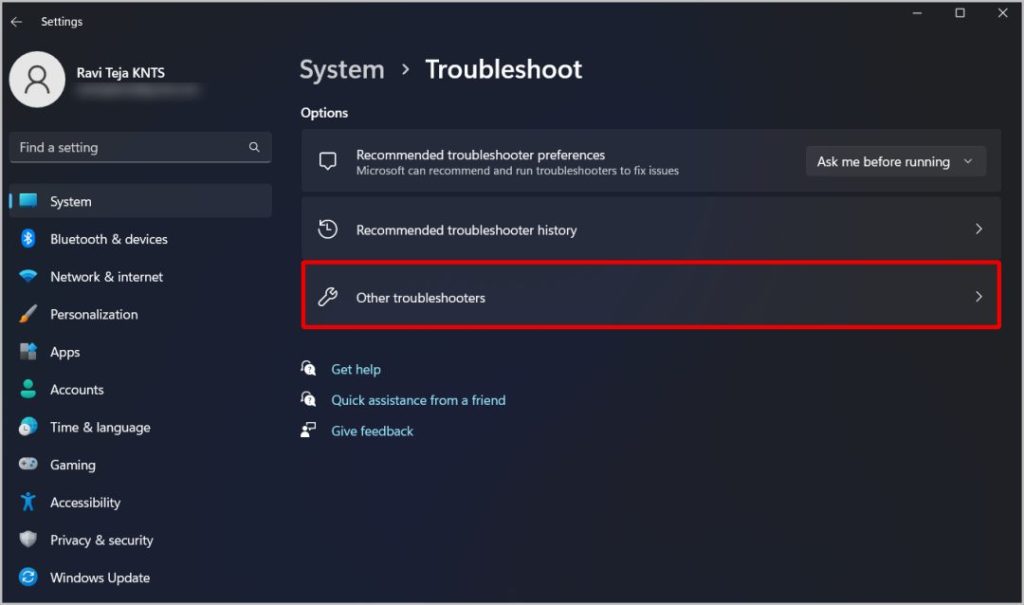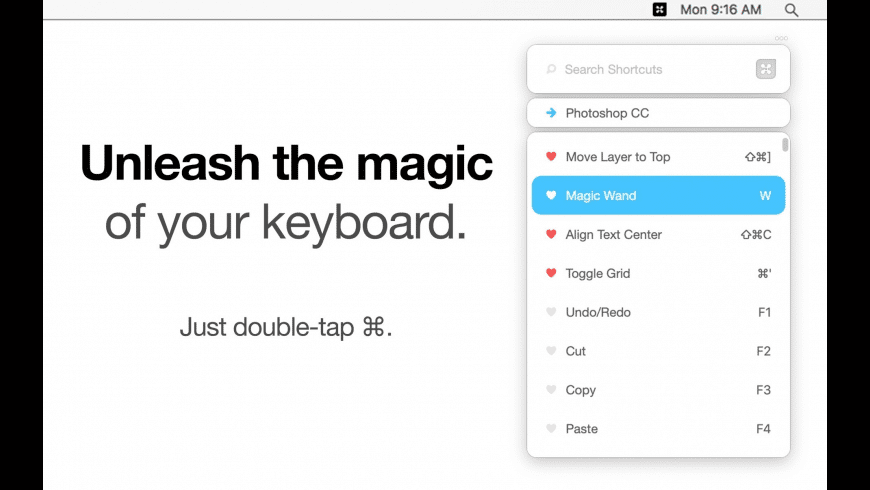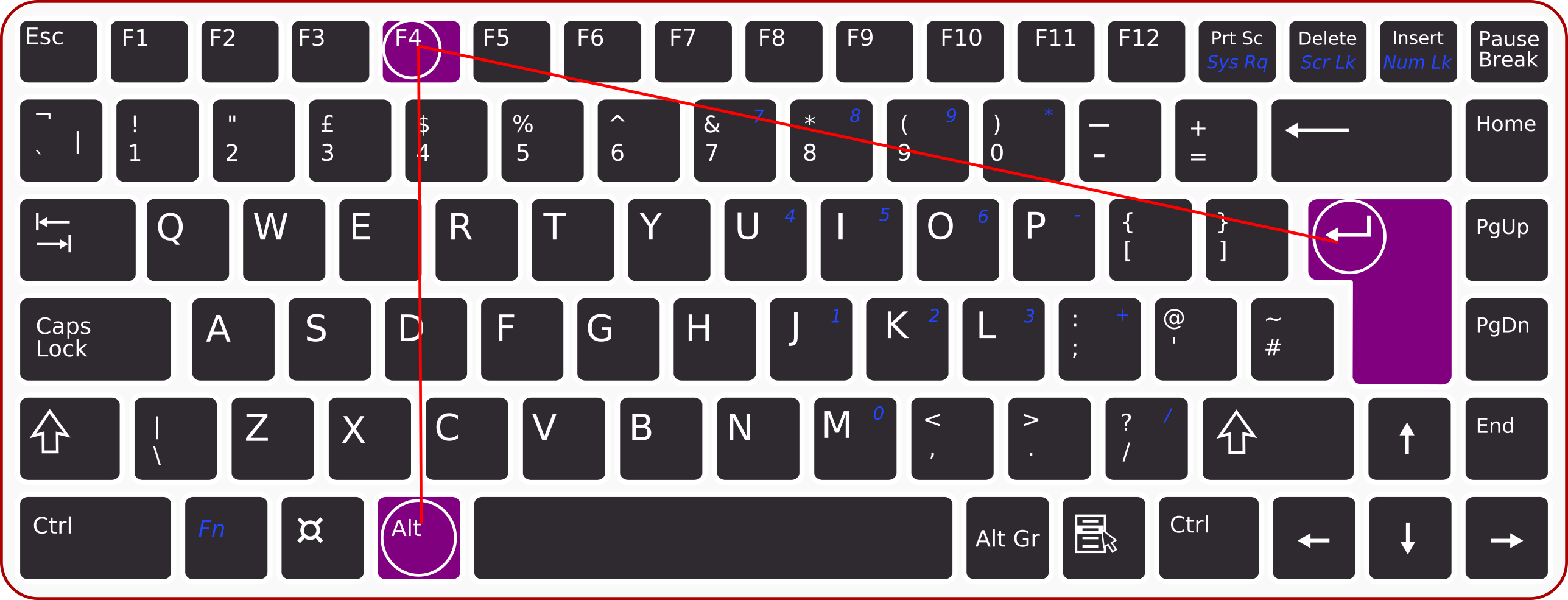
- COMPUTER BUTTON SHORTCUTS FULL
- COMPUTER BUTTON SHORTCUTS PLUS
- COMPUTER BUTTON SHORTCUTS FREE
- COMPUTER BUTTON SHORTCUTS WINDOWS
F3 will jump to a search box that you can type in.Within an item selected, you can press F2 to rename a file.Press Tab to jump between the folder list on the left, the folder contents on the right and the main menu options.The right and left arrow keys will expand or collapse a group of folders.Use the arrow keys to move up and down in the list of folders or files.
COMPUTER BUTTON SHORTCUTS WINDOWS
COMPUTER BUTTON SHORTCUTS FULL


For radio buttons or checkboxes, use the arrow keys to move through the list and press the space bar to select or deselect.To view the contents of a drop-down list, press Alt + down arrow or just down arrow to scroll through the list.You can also press Tab to select each item in a dialog box in turn.Like menus, pressing Alt and the underlined item of the item on the menu will jump to it.The Start menu can be accessed by pressing the Windows logo key or by pressing Ctrl + Esc.Pressing Alt + space will display the window menu, where you can minimise, maximise and close the window.Use the arrow keys to access sub menus.With drop-down menus, you can press the underlined letter of the item you want to jump to or use the arrows to choose an item and then press enter (↵) to select it.Alt + F would jump you to the F ile menu.) On newer versions of Microsoft Office, pressing the Alt key will present you with letters and numbers on the menu items to help you navigate to the option you want.
COMPUTER BUTTON SHORTCUTS PLUS
Press Alt plus the underlined letter of the menu name to jump there (i.e.Navigating Within Windows Using the Keyboard Menus Press and hold the Control key and the Alt key and whilst holding them down, press and release the Delete key.ģ. Press and hold the Windows key (normally located in the bottom left-hand of the keyboard, next to the Alt key), and whilst holding it down press and release the E key. This means: Press and hold the Control key, and whilst holding it down press and release the P key. The plus ‘+’ key in these instructions means ‘and’ There is also a factsheet on Keyboard and Mouse Alternatives.
COMPUTER BUTTON SHORTCUTS FREE

The following pages highlight some of the basic keyboard shortcuts along with the guidelines for you to explore additional shortcuts available in the programs you use or the tasks you carry out.įull lists of keyboard shortcuts are available in the Help facility of the programs you use this can be accessed by pressing the F1 (shortcut) key on your keyboard. This factsheet looks at using keyboard shortcuts instead of navigating menus using the mouse, which is often a more efficient means of interacting with your computer and can reduce the risk of repetitive movements. Assigning shortcuts to launch programs (Older versions of Windows) Navigating Within Windows Using the Keyboard


 0 kommentar(er)
0 kommentar(er)
